In the battle for survival, intelligence often proves to be more critical than brute strength. The animal kingdom is filled with fascinating examples of creatures using wit, cunning, and strategy to outsmart their predators. From clever camouflage to teamwork, animals have devised some incredible ways to keep themselves out of danger. In this article, we’ll explore 30 instances where animals have proven that brainpower can indeed trump brawn.
30. The Master of Disguise: The Mimic Octopus

The mimic octopus is a true wonder of the ocean. It possesses the unique ability to impersonate other sea creatures such as lionfish, flatfish, and even sea snakes. This skill helps it evade predators by either blending in or appearing more dangerous than it actually is. By cleverly morphing its shape and colors, the mimic octopus sends confusing signals to any potential threats lurking in its territory.
29. Decoy Eggs of the Killdeer
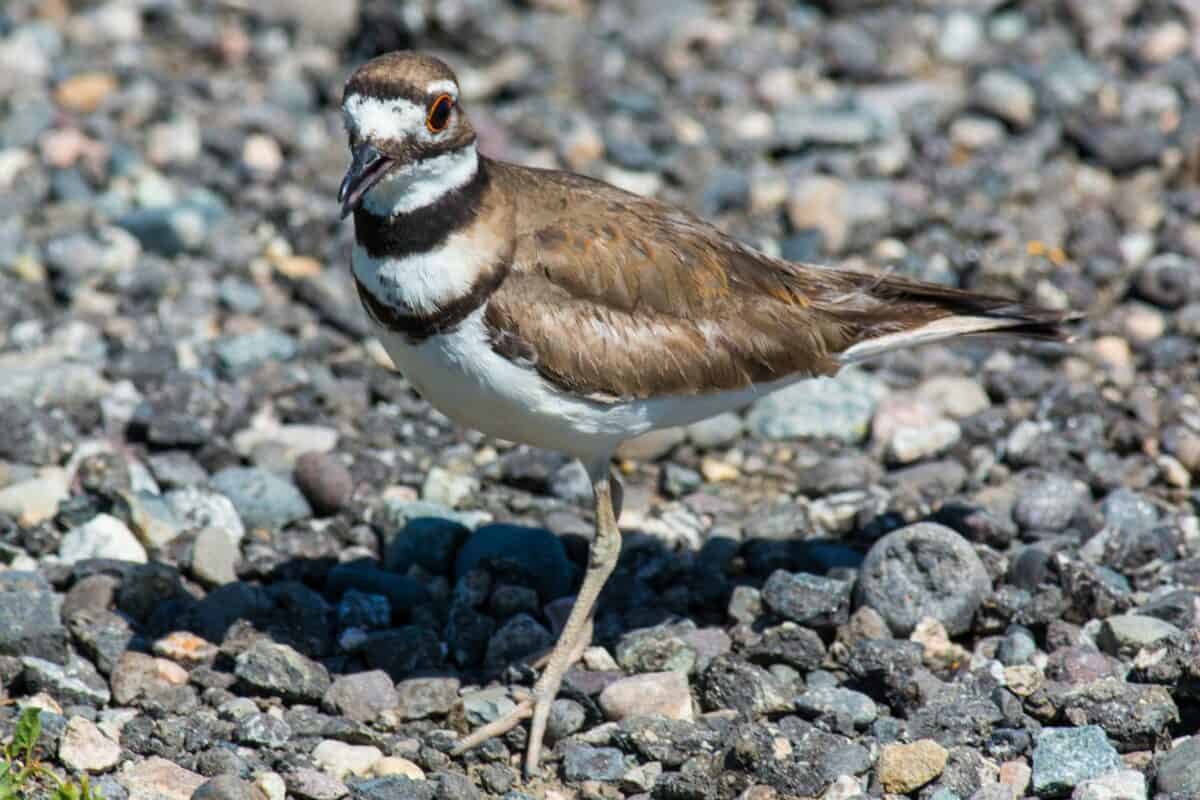
The killdeer, a type of bird found in North and South America, employs a fascinating strategy to protect its nest. Known for its “broken-wing” act, a killdeer will feign injury to lure intruders away from its territory. Meanwhile, its real treasure is a set of decoy eggs placed separately to divert predators further away from the actual nest.
28. Ground Squirrels’ Tail Tactics

Ground squirrels have developed a unique defense mechanism against snakes. When confronted by a rattlesnake, they heat up their tails by increasing their blood flow. This display intimidates snakes as it creates confusing thermal signals due to their heat-sensing abilities, effectively deterring an attack.
27. The Clever Strepsiptera
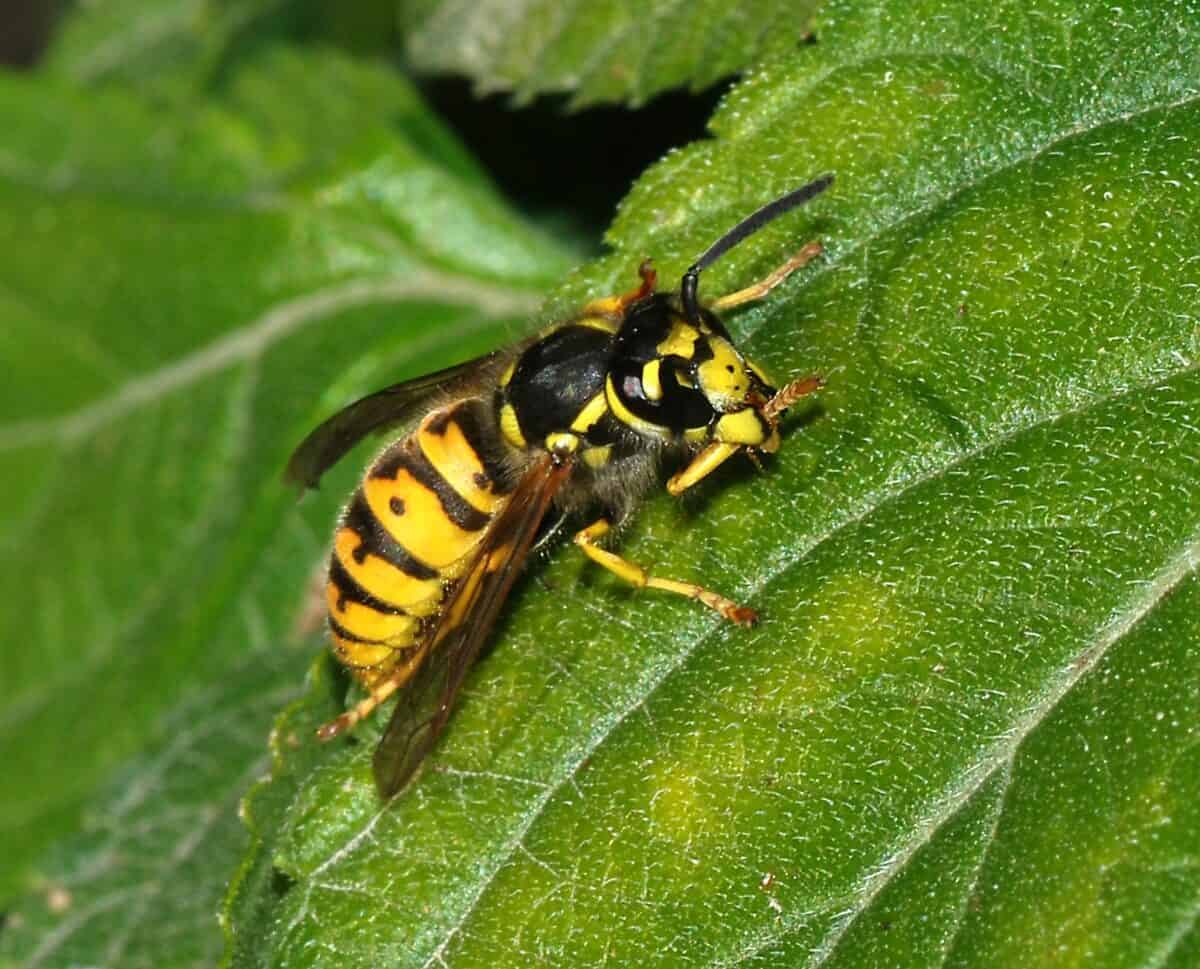
These tiny parasitic insects possess exceptional mimicry skills. They have evolved to look like non-threatening objects or even parts of flowers to avoid detection by their predators. By blending in seamlessly with their surroundings, they successfully evade being eaten.
26. Mobbing by Small Birds
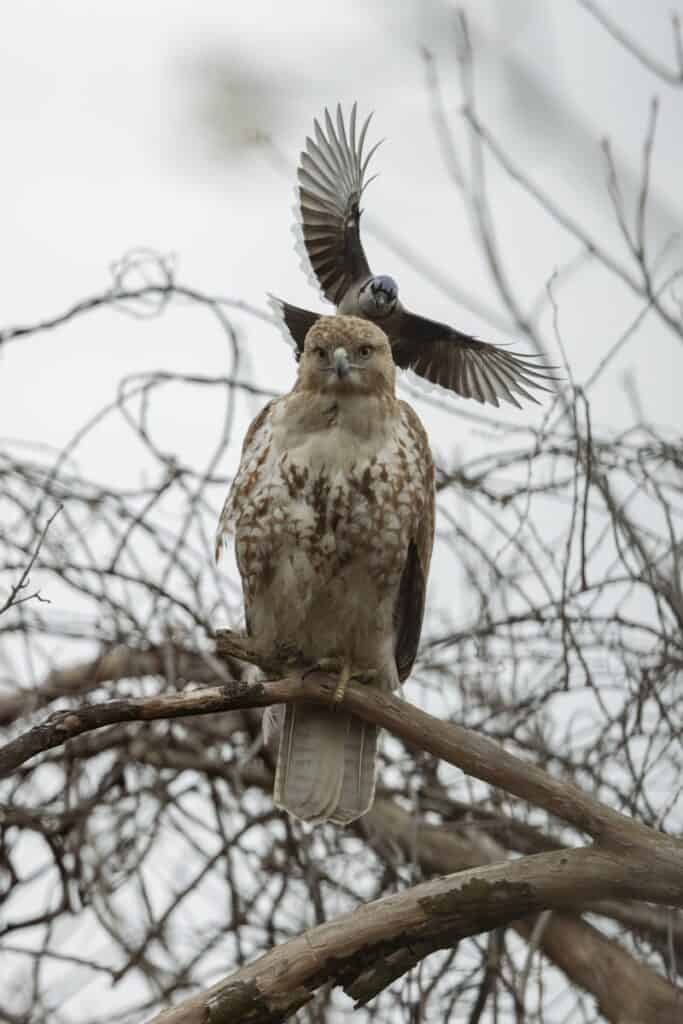
Mobbing is a common behavior observed in small bird species when they face a threat from larger predators, like hawks or owls. By grouping together and collectively attacking the predator, they create confusion and drive the potential threat away, ensuring the safety of their community.
25. Subterranean Escape: The Sandfish
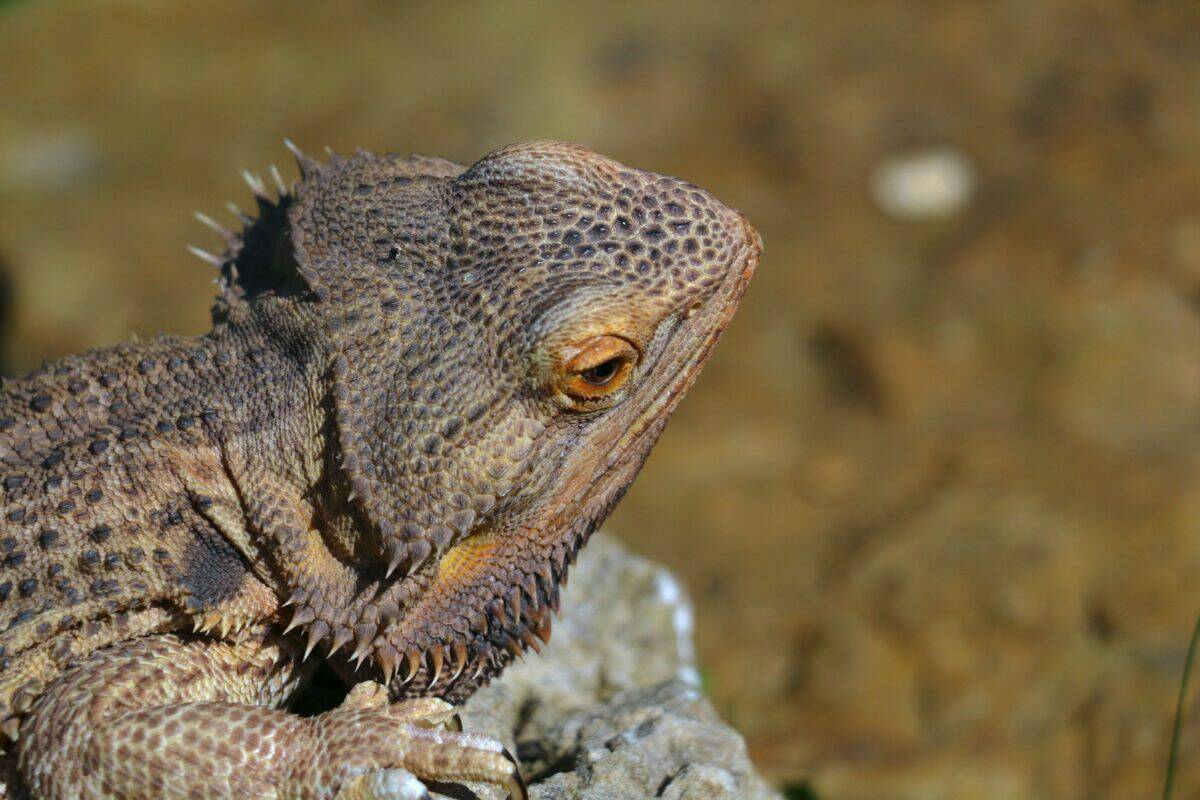
The sandfish lizard, native to the deserts of North Africa, escapes from predators by “swimming” through loose sand. Its streamlined body allows it to dive into the sand efficiently, evading captures and re-emerging when the coast is clear.
24. Tool Use Among Sea Otters

Sea otters are known for their playful nature, but their intelligence goes beyond that. They use stones to crack open shellfish, both as a source of food and a method to distract predators by creating loud noises or clouds of sand while they feast.
23. False Eyes of the Peacock Butterfly

To confuse potential predators, the peacock butterfly displays large eye-like patterns on its wings. These “false eyes” make it appear larger and more menacing than it actually is, often scaring away birds that would otherwise pose a threat.
22. Elephant Seals’ Strategic Group Locating

Infamous for facing aggressive predator attacks from orcas and sharks, elephant seals enhance their protection through strategic group locating. By sticking together in tightly packed colonies, these seals overwhelm their predators’ ability to single out and attack any individual member.
21. The Defensive Spray of the Bombardier Beetle

The bombardier beetle has mastered chemical warfare in the predator-prey ecosystem. When threatened, it releases a hot, noxious spray from its abdomen that can dispatch threats by causing pain and confusion, allowing the beetle to escape.
20. Cuttlefish Color Shifting
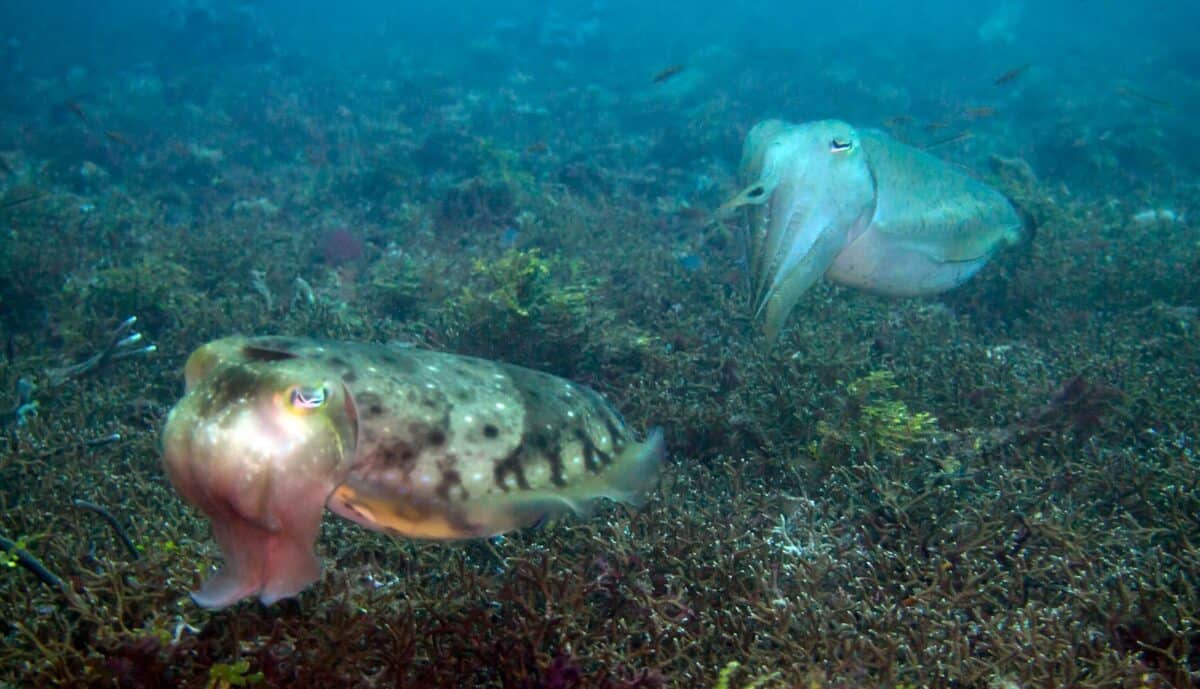
Cuttlefish are cephalopods renowned for their rapid color-changing abilities. By altering their skin color, they blend seamlessly into their environment or mimic threatening creatures, effectively dodging predators.
19. Prairie Dogs’ Alarming Communal Calls

Prairie dogs use a sophisticated system of alarm calls to warn their group members of approaching predators. These calls convey specific details about the predator’s type and direction, providing the colony with ample time to either hide or flee.
18. Western Scrub Jay Funeral Rituals
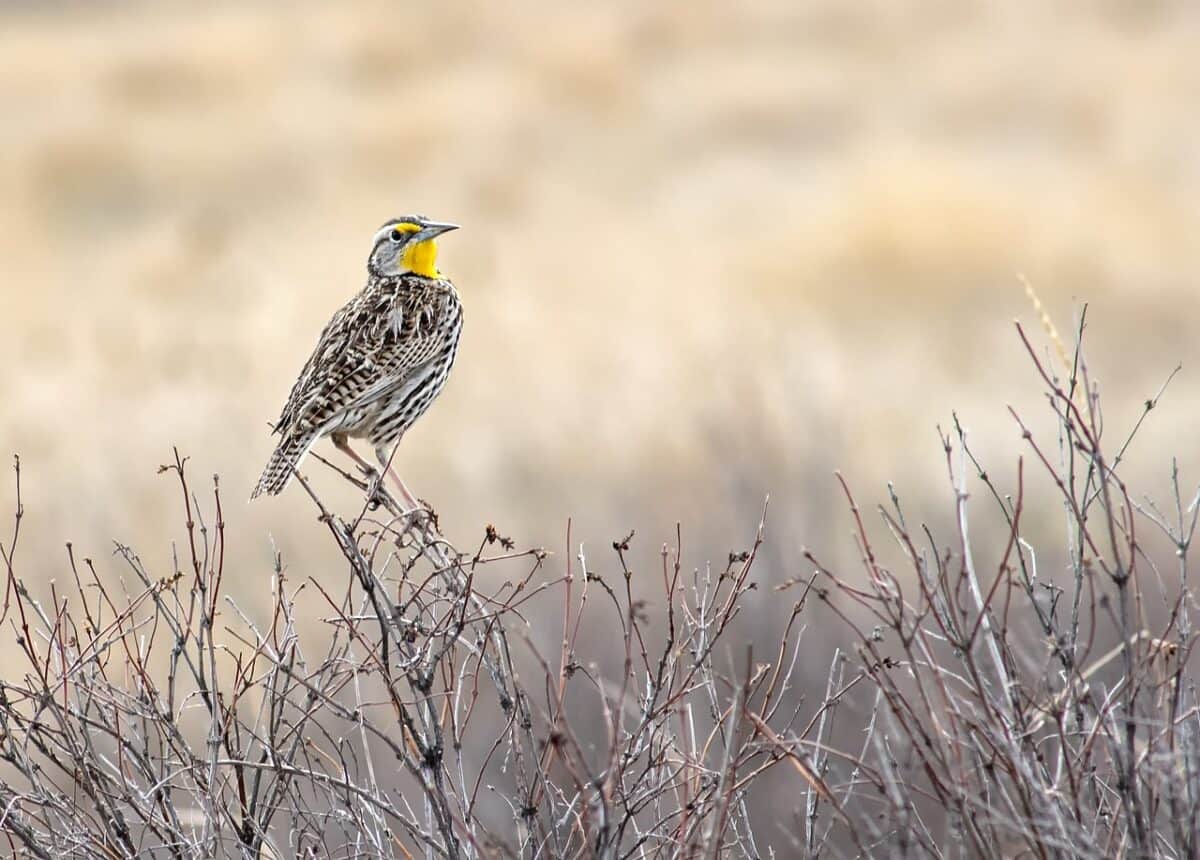
When a predator kills one of their own, Western scrub jays gather around the body and create loud calls, alerting others of the danger. This response serves both as a mourning ritual and as an alert system to remind them to steer clear of the threat.
17. Loggerhead Shrikes’ Food Impalement

Also known as “butcher birds,” loggerhead shrikes impale insects and small vertebrates on thorns or barbed wire. This behavior not only provides them with a method of consumption but serves as a deterring display to potential predators.
16. Meerkats’ Sentry System
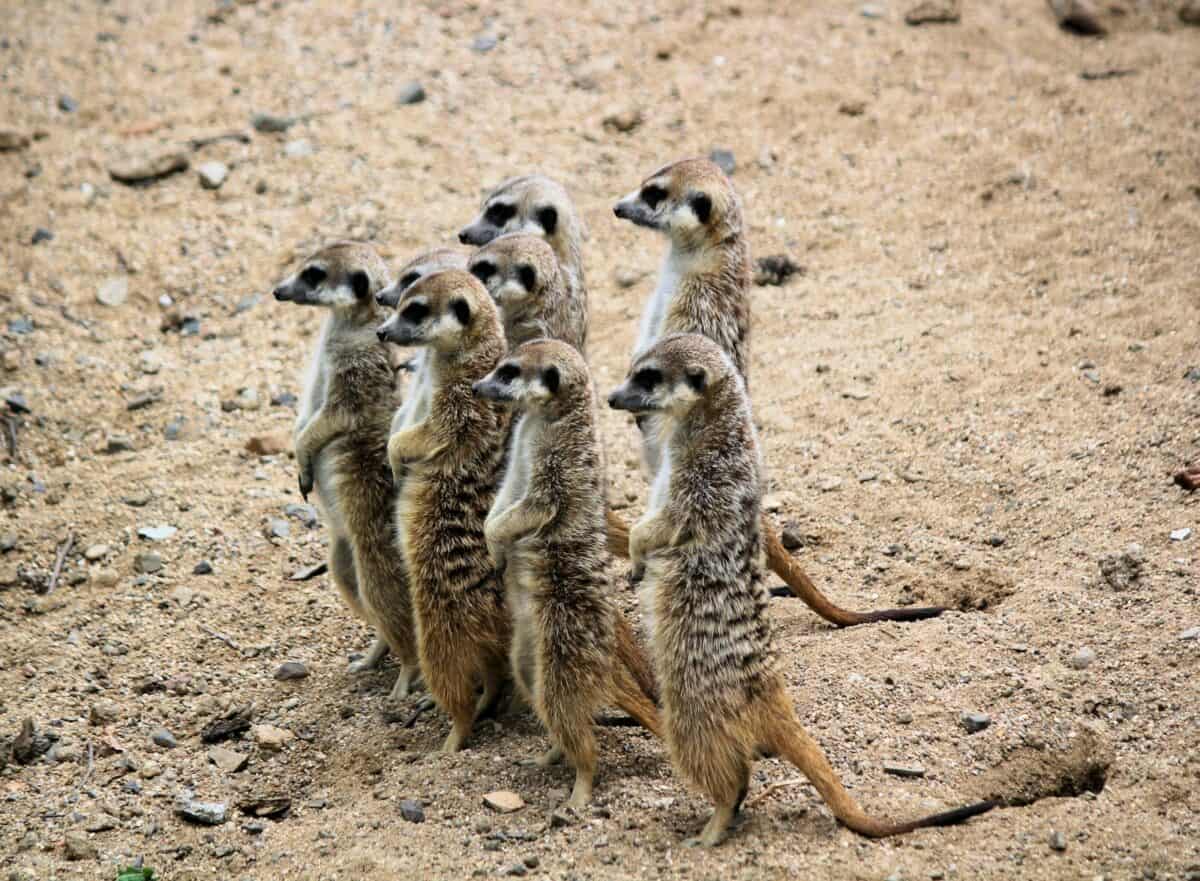
In the wild plains of Africa, meerkats assign lookouts known as “sentries” to keep watch while the rest forage or play. These sentries remain at a high vantage point, ready to alert their group with alarm calls if any danger approaches.
15. Clownfish and Sea Anemones’ Symbiosis
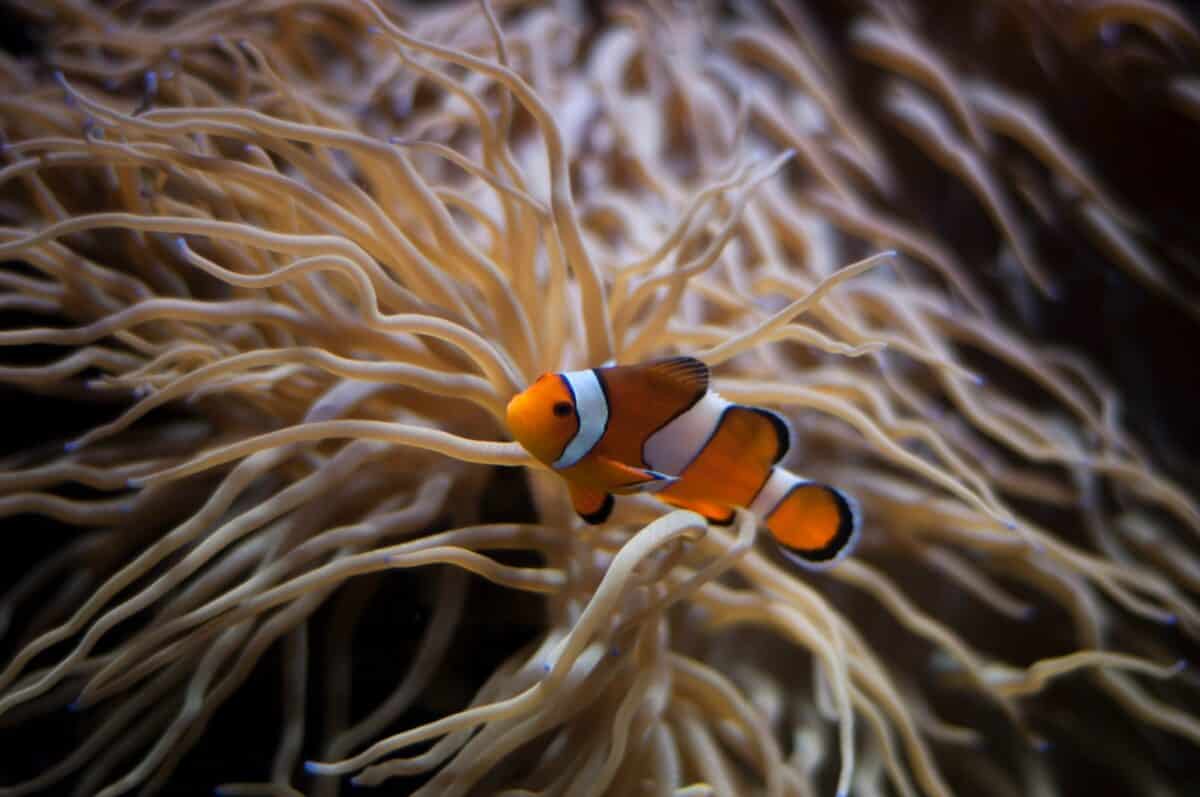
The relationship between clownfish and sea anemones is mutualistic; the clownfish gains protection using the anemone’s stinging tentacles, while the anemones benefit from the nutrient deposits left by the fish. This alliance enables clownfish to shield themselves from potential reef predators.
14. Spiny Lobsters’ Rock Ant Evasion

Spiny lobsters avoid predators by blasting through rock tubes created by rock ants. These loppings are often tight and sharp, efficiently discouraging predators who cannot maneuver as expertly as the lobsters through such terrain.
13. Venomous Lionfish Spines

Found in the warm waters of the Indo-Pacific, lionfish use their venomous spines as a formidable defense mechanism. Their bold stripes and fins signal danger, warning potential predators of the painful sting they could incur.
12. Self-Sacrificial Ants

The Brazilian ant species Forelius pusillus demonstrate an extraordinary form of self-sacrifice. Workers seal off their colony’s entrance from outside each night; some are left outside to camouflage and secure the entrance, sacrificing themselves to protect the colony inside.
11. Octopus Ink Defense

When endangered, octopuses release a cloud of dark ink into the water. This not only obscures their predators’ vision but also contains compounds that can irritate the predator’s senses, giving the octopus an opportunity to vanish into the depths.
10. The Fleeing Gazelle’s Zig-Zag Escape

Gazelles employ erratic zig-zag running patterns to evade fast-pursuing predators like cheetahs. These unpredictable movements make it difficult for predators to maintain their speed and targeting accuracy, often resulting in a successful escape for the gazelle.
9. The Owl’s Silent Flight
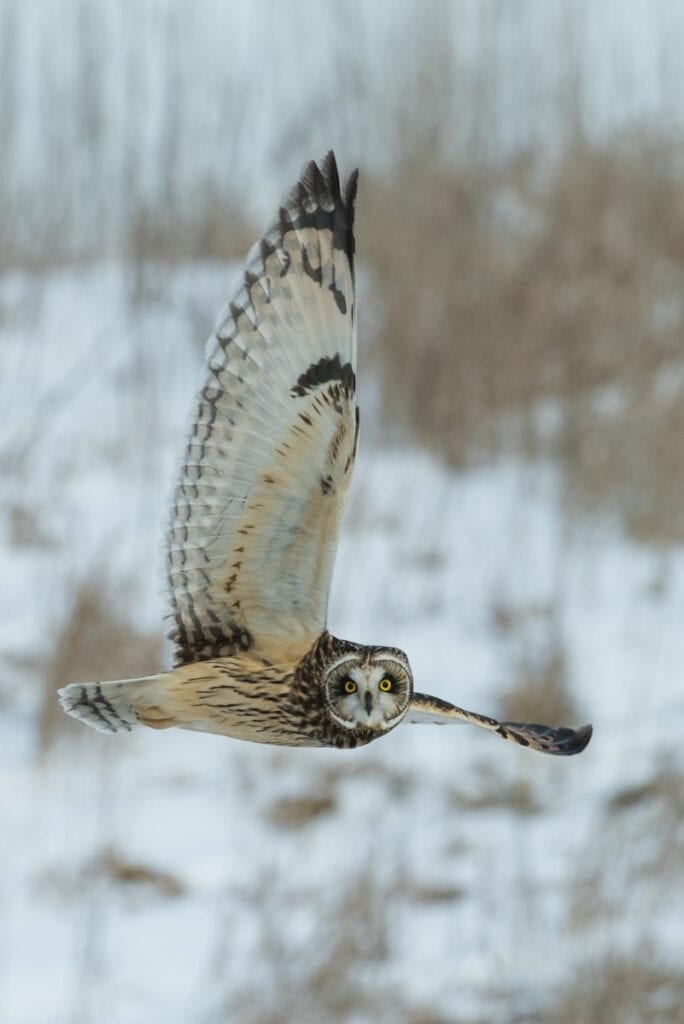
Owls have adapted exceptional flight capabilities, allowing them to glide silently through the night. This ability not only aids them in hunting but also helps them avoid detection by potential predators, allowing them to roam the skies undetected.
8. The Starling’s Murmuration Dance
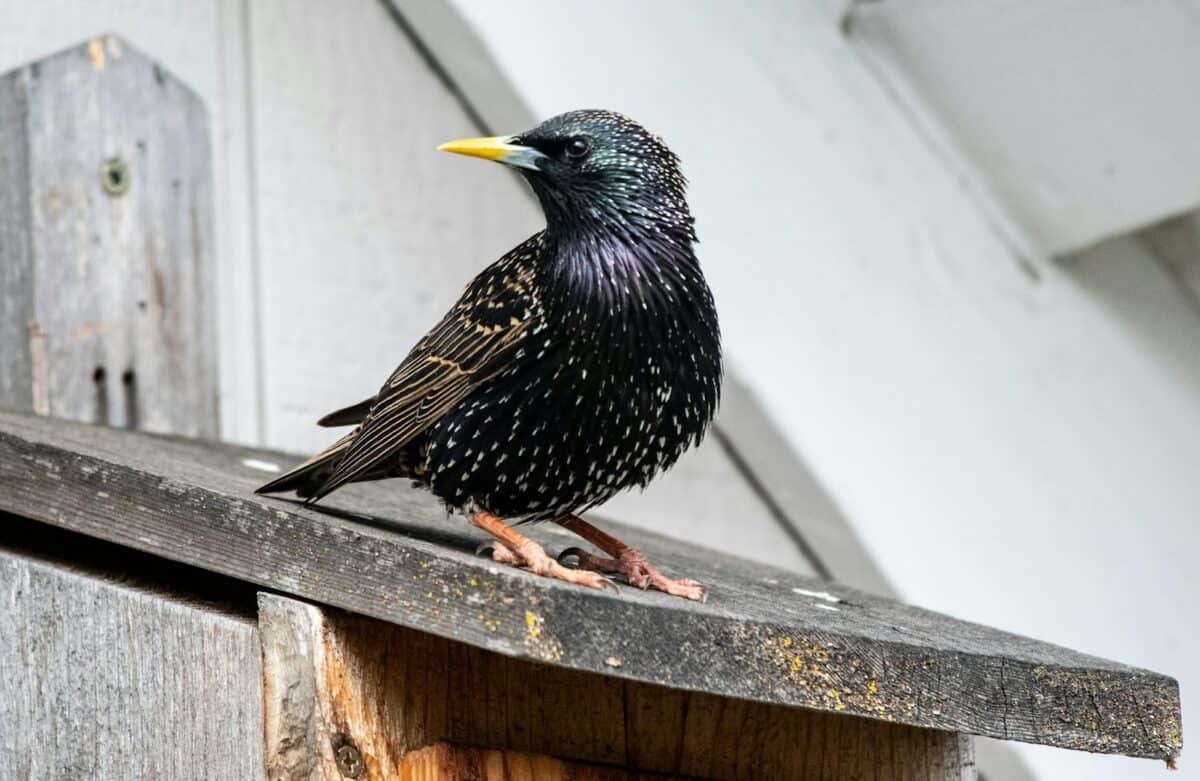
When threatened by aerial predators like falcons, starlings form tight, coordinated flocks known as murmurations. These mesmerizing aerial displays create dizzying patterns that confuse predators and protect the individual birds within the massive group formation.
7. Frog Camouflage on Leaf Texture

Some species of frogs have evolved skin textures and colors that mimic the leaves they rest upon. This form of camouflage makes it almost impossible for predators to distinguish the frog from its leafy background, providing a sneaky escape from harm.
6. Brazilian Wandering Spider’s Defensive Hairs

The Brazilian wandering spider, one of the most toxic spiders, deploys defensive hairs called urticating hairs. These hairs, when threatened, are released and can cause irritation and pain to predators, giving the spider a chance to make its getaway.
5. The Alarming Skunk Spray

Skunks are well-known for their stinky spray, which they deploy as an effective defense mechanism. When threatened, they release a pungent odor that causes disorientation and discomfort, warding off any encroaching predators.
4. The Electric Eel’s Shocking Warning

Electric eels use high-voltage shocks not only to stun prey but also as a defense strategy. By leveraging their electrical abilities, these eels discourage predators unwilling to risk a potentially debilitating jolt.
3. The North American Opossum’s Dramatic Faint

When exposed to extreme danger, opossums exhibit an involuntary response known as “playing dead.” This dramatic faint, complete with foamy saliva and an odor imitation of a decaying body, convinces predators to overlook them as food.
2. The Coyote’s Cooperative Hunts

Coyotes often collaborate in packs to hunt more significant targets or confront potential threats. Their coordinated tactics and teamwork provide a strategic advantage over solitary predators, allowing them to navigate through dangerous encounters successfully.
1. Chameleon Static Movement

Chameleons are renowned for their impressive color changing, yet their notable survival strategy is often their ability to remain motionless. Staying extremely still while matching the color of their surroundings helps them avoid detection by predators.
In the grand theater of nature, intelligence often steals the spotlight from brute strength. These incredible examples demonstrate the resourcefulness and adaptability of animals, showcasing their prowess in evading predators. Remembering these lessons in adaptability, resilience, and cunning leaves us in awe of the diverse strategies animals employ to survive in their stark habitats.
- Why Dalmatians Might Be America’s Most Misunderstood Dog - August 10, 2025
- Why Texas Is Home to Some of the World’s Biggest Rattlesnakes - August 10, 2025
- How Realistic Are Talking Animal Tropes in TV and Movies? - August 10, 2025

